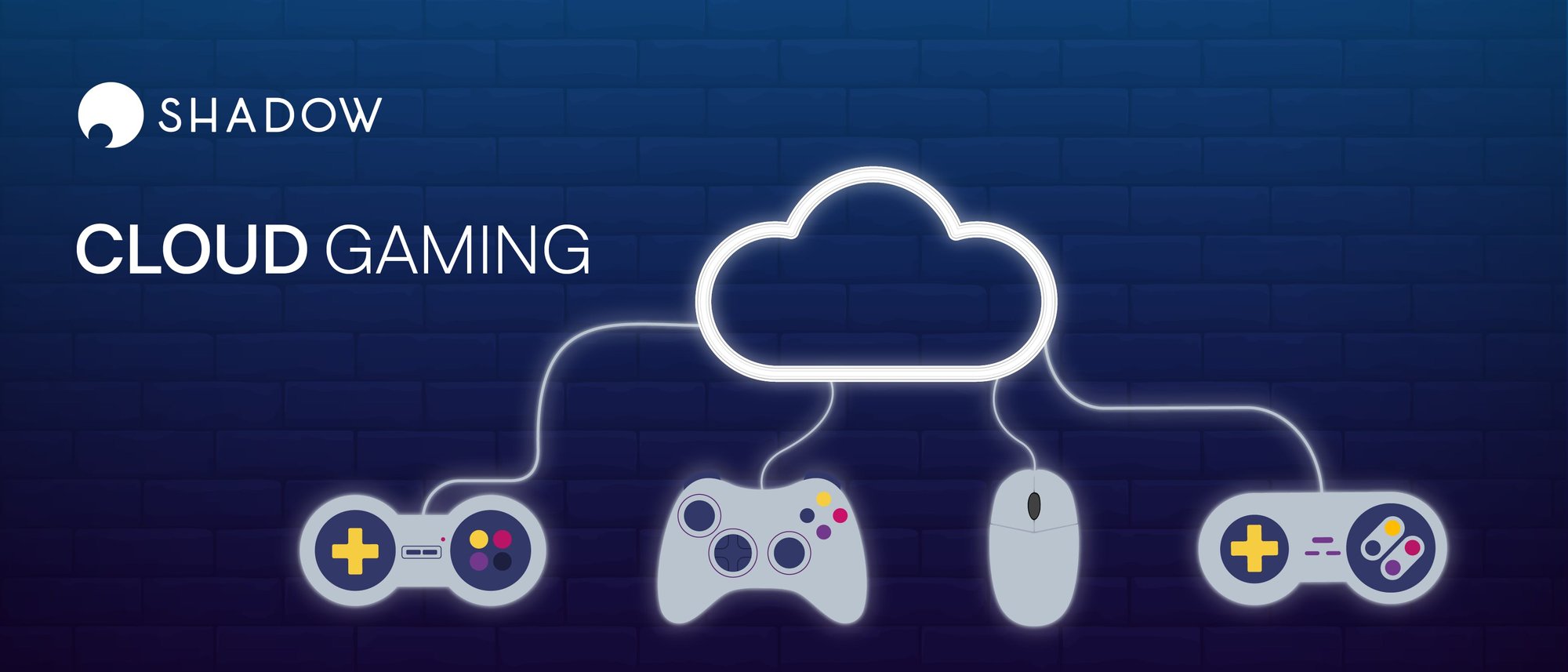Video games continue to benefit from being at the forefront of new technologies.
In 1972, Atari’s Pong made its historic debut. It wowed audiences with its simplified version of table tennis, as players eagerly batted a square ball across the screen using two large rectangles. It was undeniably fun, revolutionary for its time, and marked the beginning of a meteoric rise for the video games industry as a whole.
Nowadays, video games are more accessible than ever, with billions of gamers across the globe playing on a variety of devices. Whether it’s shouting commands at their Amazon Alexa in The Elder Scrolls Skyrim, choosing the outcome in interactive adventure games on Netflix, or Tesla car owners booting up a classic game of Asteroids (when the vehicle is parked, of course), there are countless ways to play and enjoy your favourite pastime.
Perhaps the most striking change, however, is the unbelievable level of graphical fidelity and unique experiences video games can now provide. Technology has continued to advance at a phenomenal rate, empowering game developers to create fully-realised open worlds, photorealistic visuals, and design potentially life-changing virtual reality applications.

It’s clear that we’ve come a long way since Pong, then. And the good news is that the video games industry shows no signs of slowing down anytime soon. They continue to champion the latest innovations and breakthroughs in technology, redefining our expectations with every console or new hardware generation.
But before we delve into what the future of gaming holds and where the industry might be heading (hint: it’s in the title), it’s important to remember exactly how we got here. Let’s take a romantic look back at some of the biggest technological advancements that shaped the industry, and discuss why the next big step for gaming may lie in the power of the cloud.
For a number of decades, video games were designed as strictly 2D affairs. Pixels and sprites ruled the day during the 8-bit and 16-bit era and - even though the graphics grew in complexity and detail - the restraints at the time meant developers were unable to break away from the 2D plane. That all changed in the early 90s however, thanks to advances in graphics technology. At long last, developers had the power to swap sprites for polygons and craft previously unthinkable 3D models, and rich, vibrant worlds. Although 2D games are still extremely popular today, video games quite literally took on a new dimension with 3D graphics and gamers have quite frankly never looked back.
Blowing on a cartridge to fix it was a nostalgic ritual that most of us will never want to forget, but the advent of CDs and Blu-Ray discs led to bigger and more ambitious games. With more storage available, along with faster read speeds, developers were able to unleash their full imagination to create the sort of blockbuster experiences we know and love today.
Okay, this groundbreaking technology had far wider implications than just video games, but it was responsible for bringing the wonderful world of online gaming, digital distribution and cloud gaming (which we’ll get onto later) to life. While beating someone in person still can’t be… well, beat… online gaming is now a must-have staple that continues to have a direct impact on the way video games are made. The incredible download and upload speeds offered by broadband and fibre optic connections has taken things to a whole new level in recent years, providing the foundations for unique gameplay experiences such as battle royale games and MMORPGs.
In 2005, high definition displays made our favourite entertainment a lot less blurry, and essentially transformed the way we view media content forever. Few will forget the sheer amazement they felt after seeing their favourite games in high definition for the very first time. And with 4K Ultra HD slowly becoming the new gaming standard, it’s an impossible ask to go back to standard definition.

And that leads us to the latest innovation in the video games industry: cloud gaming, which is currently the hot topic of the conversation. Cloud gaming has a wide range of tangible benefits for gamers, but its effect on the industry may be even more substantial. The need for new and expensive hardware will no longer be required, with upgradeable data centers providing supercharged, upgradeable gaming rigs for everyone to enjoy. Soon, all gamers will need to worry about is the quality internet connection (which most will already) and a capable device to play their favourite games. It’s a tantalising prospect that will have widespread implications for developers and gamers alike, no doubt about it.
Unlike the majority of technological leaps, however - where old standards are often made obsolete - cloud gaming is primed to continually evolve. As home internet connections become faster and 5G begins to roll out across the world, cloud gaming will only improve. Gamers will be able to play with less restrictions than before, performance and latency will continually get better, and the user experience is likely to reach the point where it not only rivals, but manages to surpass what was previously capable on local, dedicated hardware. It’s clear to see why, then, so many industry leaders and gamers are excited about the possibilities of cloud gaming.











